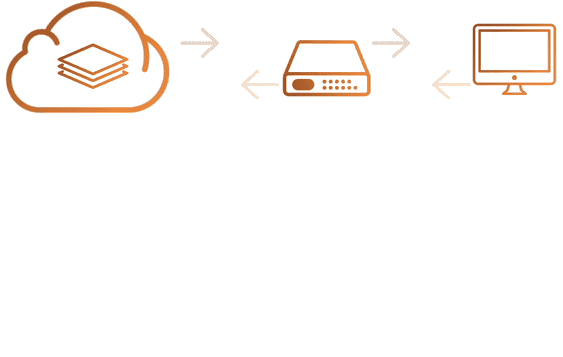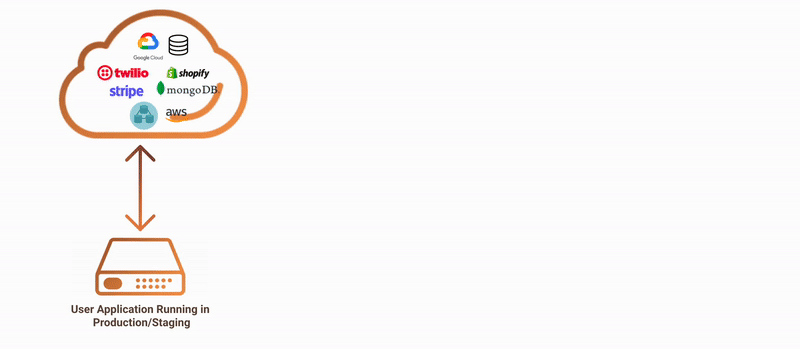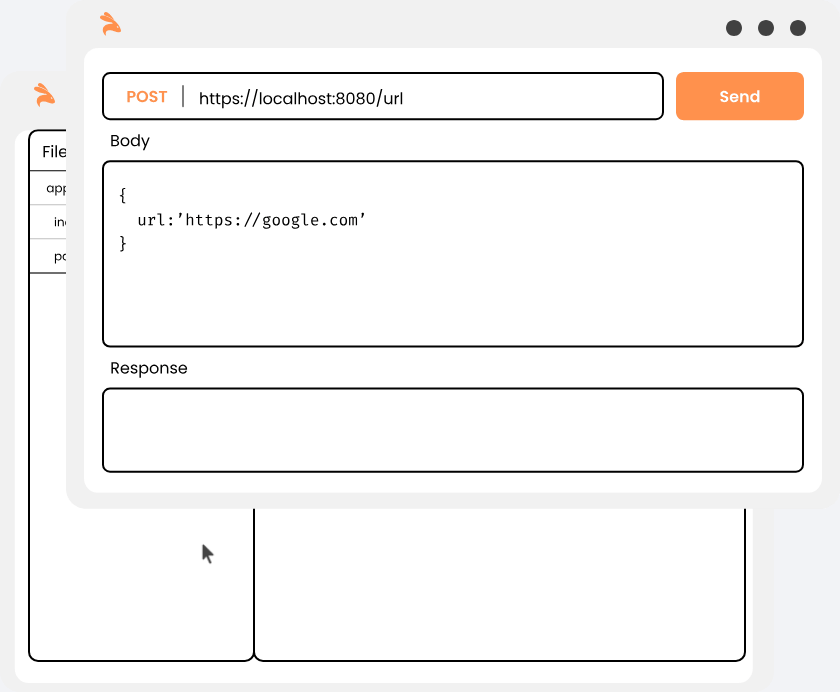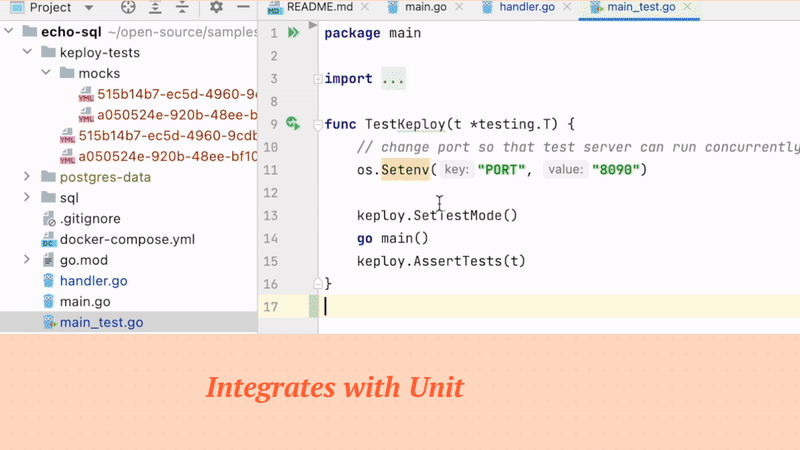Ever seen a developer logo this snazzy? 👇
Keploy is a next-gen E2E testing tool that provides an easy way to capture and generate tests(KTests) and data-mocks(KMocks) from real API calls. It automatically generates mocks and stubs, making the testing process simpler and more efficient.
🔄 Merge KTests with your fave testing libraries to see that glorious combined test-coverage. 🎭 KMocks are multi-talented – use 'em in existing tests, as server tests, or just to impress your friends!
🐰 Fun fact: Keploy uses itself for testing! Check out our swanky coverage badge:

From Go's gopher 🐹 to Python's snake 🐍, we support:
Our magical 🧙♂️ Keploy proxy captures and replays ALL(CRUD operations, including non-idempotent APIs) your app's network interactions.
Take a journey to How Keploy Works? to discover the tricks behind the curtain!
Become a Keploy pro with our Documentation.
Whether you're a newbie coder or a wizard 🧙♀️, your perspective is golden. Take a peek at our:
Filters noisy fields in API responses like (timestamps, random values) to ensure high quality tests.
Keploy ensures that redundant testcases are not generated.
Keploy can be used on Linux &
Windows through Docker.
Note:
MacOS users please install Colima.
To establish a network for your application using Keploy on Docker, follow these steps.
If you're using a docker-compose network, replace keploy-network with your app's docker_compose_network_name below.
docker network create keploy-networkThen, create an alias for Keploy:
alias keploy='sudo docker run --name keploy-v2 -p 16789:16789 --network keploy-network --privileged --pid=host -it -v "$(pwd)":/files -v /sys/fs/cgroup:/sys/fs/cgroup -v /sys/kernel/debug:/sys/kernel/debug -v /sys/fs/bpf:/sys/fs/bpf -v /var/run/docker.sock:/var/run/docker.sock --rm ghcr.io/keploy/keploy'Here are few points to consider before recording!
- If you're running via docker compose, ensure to include the
<CONTAINER_NAME>under your application service in the docker-compose.yaml file like this. - Change the network name (
--networkflag) fromkeploy-networkto your custom network if you changed it above. Docker_CMD_to_run_user_containerrefers to the Docker command for launching the application.
Utilize the keploy alias we created to capture testcases. Execute the following command within your application's root directory.
keploy record -c "Docker_CMD_to_run_user_container --network keploy-network" --containerName "<containerName>"Perform API calls using tools like Hoppscotch, Postman, or cURL commands.
Keploy will capture the API calls you've conducted, generating test suites comprising testcases (KTests) and data mocks (KMocks) in YAML format.
Now, use the keployV2 Alias we created to execute the testcases. Follow these steps in the root directory of your application.
When using docker-compose to start the application, it's important to ensure that the --containerName parameter matches the container name in your docker-compose.yaml file.
keploy test -c "Docker_CMD_to_run_user_container --network keploy-network" --containerName "<containerName>" --delay 20Voilà! 🧑🏻💻 We have the tests with data mocks running! 🐰🎉
You'll be able to see the test-cases that ran with the results report on the console as well locally in the testReport directory.
Keploy can be utilized on Linux natively and through WSL on Windows.
Native Installation Guide
AMD Architecture
curl --silent --location "https://github.com/keploy/keploy/releases/latest/download/keploy_linux_amd64.tar.gz" | tar xz -C /tmp
sudo mkdir -p /usr/local/bin && sudo mv /tmp/keploy /usr/local/bin && keployARM Architecture
curl --silent --location "https://github.com/keploy/keploy/releases/latest/download/keploy_linux_arm64.tar.gz" | tar xz -C /tmp
sudo mkdir -p /usr/local/bin && sudo mv /tmp/keploy /usr/local/bin && keployTo initiate the recording of API calls, execute this command in your terminal:
sudo -E keploy record -c "CMD_TO_RUN_APP"For instance, if you're using a simple Golang program, the command would resemble:
sudo -E keploy record -c "go run main.go"To run the testcases and generate a test coverage report, use this terminal command:
sudo -E keploy test -c "CMD_TO_RUN_APP" --delay 10
For example, if you're using a Golang framework, the command would be:
sudo -E keploy test -c "go run main.go" --delay 10Reach out to us. We're here to help!
- Unit Testing: While Keploy is designed to run alongside unit testing frameworks (Go test, JUnit..) and can add to the overall code coverage, it still generates E2E tests.
- Production Lands: Keploy is currently focused on generating tests for developers. These tests can be captured from any environment, but we have not tested it on high volume production environments. This would need robust deduplication to avoid too many redundant tests being captured. We do have ideas on building a robust deduplication system #27
🤔 FAQs
🕵️️ Why Keploy












